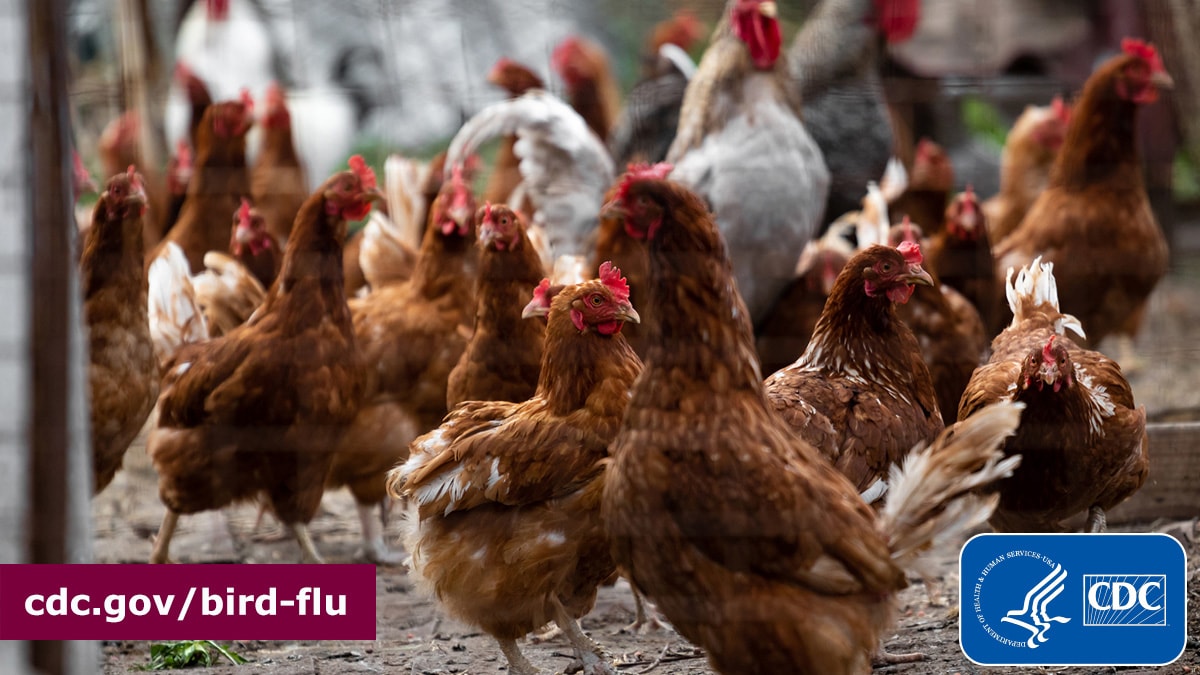February 12, 2024 – Cambodia has reported four new human cases of highly pathogenic avian influenza A (H5N1). This is the first case of human infection with HPAI influenza A (H5N1) virus detected in Cambodia in 2024. The four cases of infection were 3 children and 1 adult respectively, and 1 child died. All infections were diagnosed at the end of January and the end of January 2024. Early February. All patients had recent exposure to sick or dead poultry before contracting the disease. Currently, there is no evidence that the four cases of H5N1 virus infection in Cambodia have human-to-human transmission, and they are not believed to pose a threat to U.S. public health.
The first two patients were not epidemiologically related and were admitted to different hospitals in Cambodia; both recovered and were discharged. The third patient died shortly after being transferred to a pediatric hospital in the capital, and the fourth patient was taken to the hospital for monitoring and treatment. The third patient and the fourth patient were brothers, but they lived in different towns; dead poultry were brought from the fourth patient’s home to the third patient’s home, and both brothers were exposed. Investigations are ongoing to monitor their close contacts and identify any additional cases of infection. The CDC is collaborating with the Cambodian Ministry of Health’s Division of Communicable Disease Control (C-CDC), the Cambodian National Institute of Public Health (NIPH), the Ministry of Agriculture, Forestry and Fisheries, the Institut Pasteur of Cambodia (IPC), The World Health Organization, USAID, the Food and Agriculture Organization of the United Nations, and the Cambodian Wildlife Conservation Society are responding to these sporadic human infections through a One Health approach.
Genetic sequencing of samples from the first and third patients by the IPC and NIPH determined that both H5N1 viruses were H5 clade 2.3.2.1c, which has been circulating in Cambodian birds and poultry for many years. This H5 clade 2.3.2.1c virus in Cambodia is different from the H5N1 viruses that cause outbreaks in wild birds and poultry in the United States (clade 2.3.4.4b) and other countries. Genetic sequencing of a fourth patient sample is in progress.
Last year, six sporadic cases of human infection with the highly pathogenic avian influenza A H5N1 virus occurred in Cambodia (February, October and November 2023). In areas where avian influenza is endemic, further sporadic human infections are not expected to occur from direct or close unprotected contact with sick or dead birds infected with HPAI avian influenza A (H5N1) virus. In 2023, there were 6 cases of human infection with the HPAI avian influenza A (H5N1) virus in Cambodia, including 4 deaths.
More information about the H5N1 avian influenza virus in the United States and globally:
Technical Reports: Highly pathogenic avian influenza A (H5N1) virus (cdc.gov)
Human cases of highly pathogenic avian influenza (HPAI H5N1) A(H5N1) virus reported in countries around the world from 1997 to 2023 | Avian influenza (bird flu) (cdc.gov)
Cambodia has previously reported H5N1 avian influenza:
Cambodia: Two fatal cases of human infection with A/H5N1 influenza virus | Avian Influenza (Bird Flu) (cdc.gov)
Latest status of H5N1 avian influenza virus in Cambodia (cdc.gov)
H5N1 virus update: Two cases of human infection with H5N1 influenza in Cambodia | Avian Influenza (cdc.gov)

